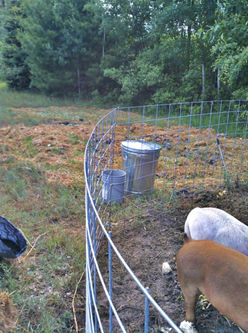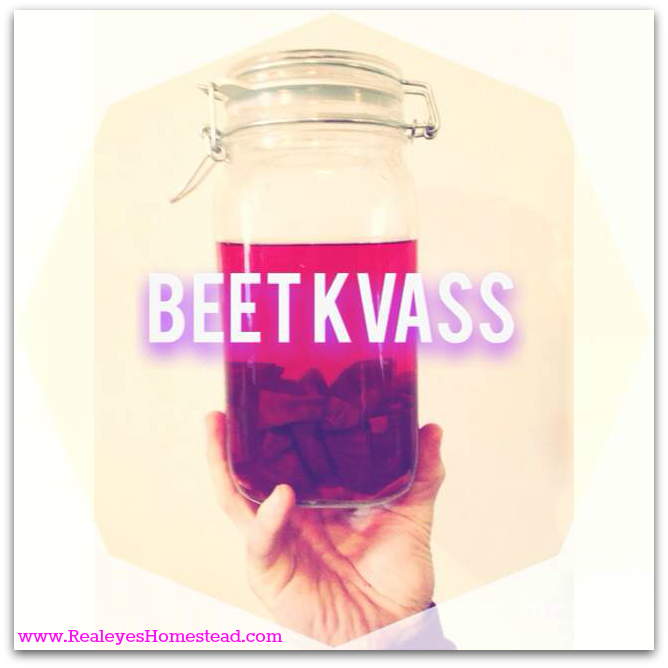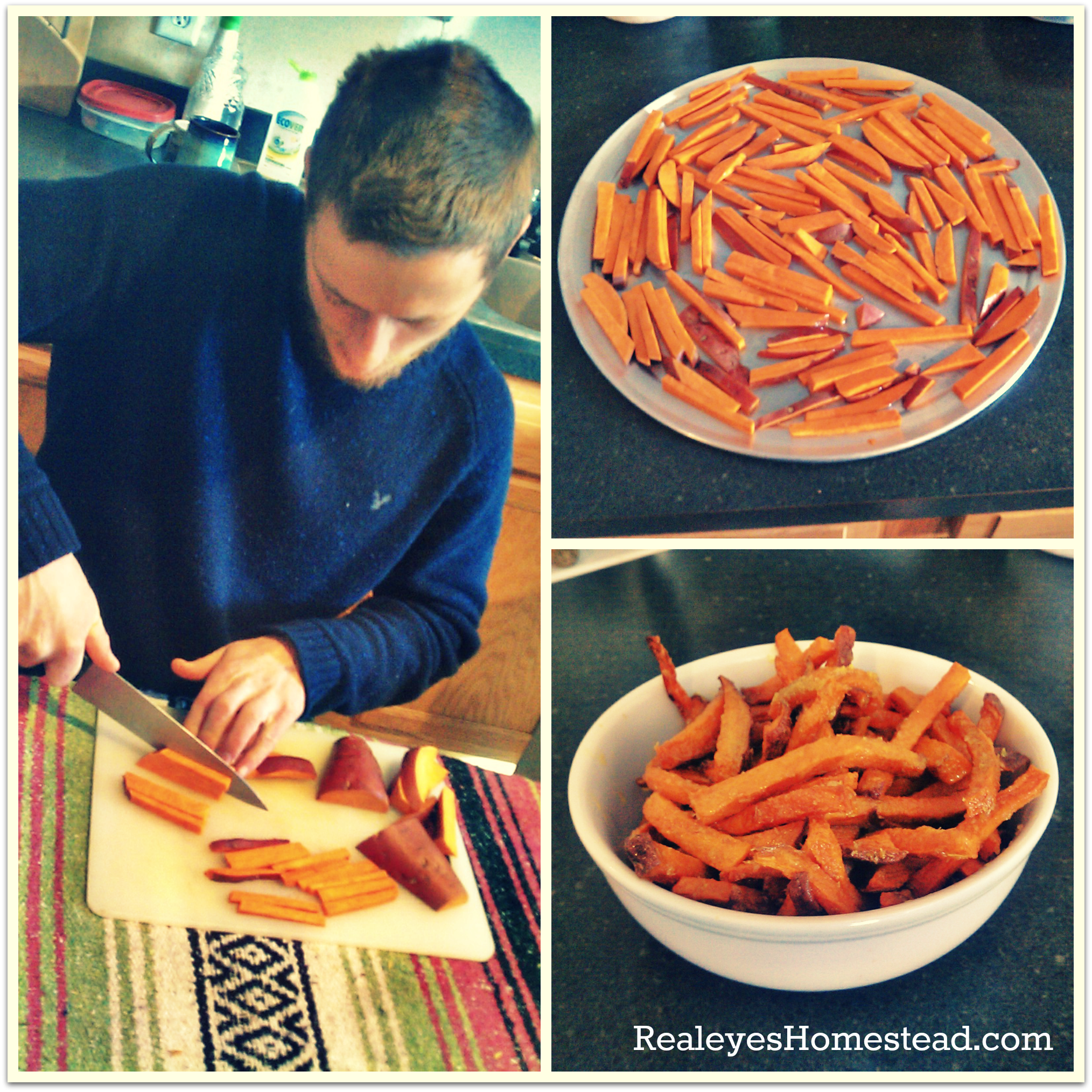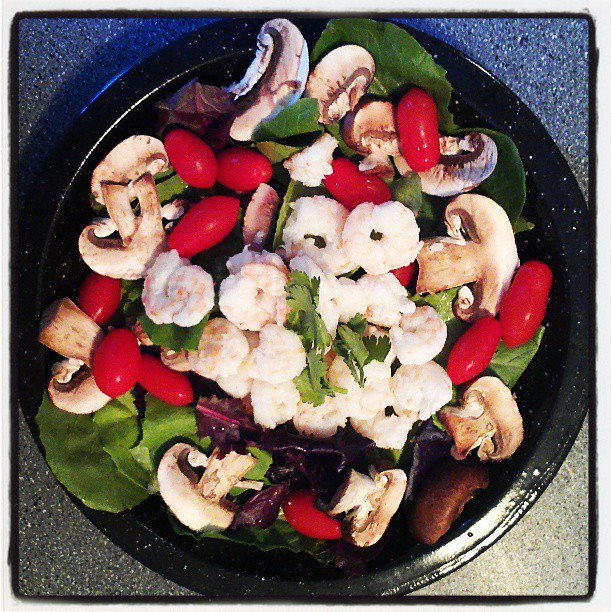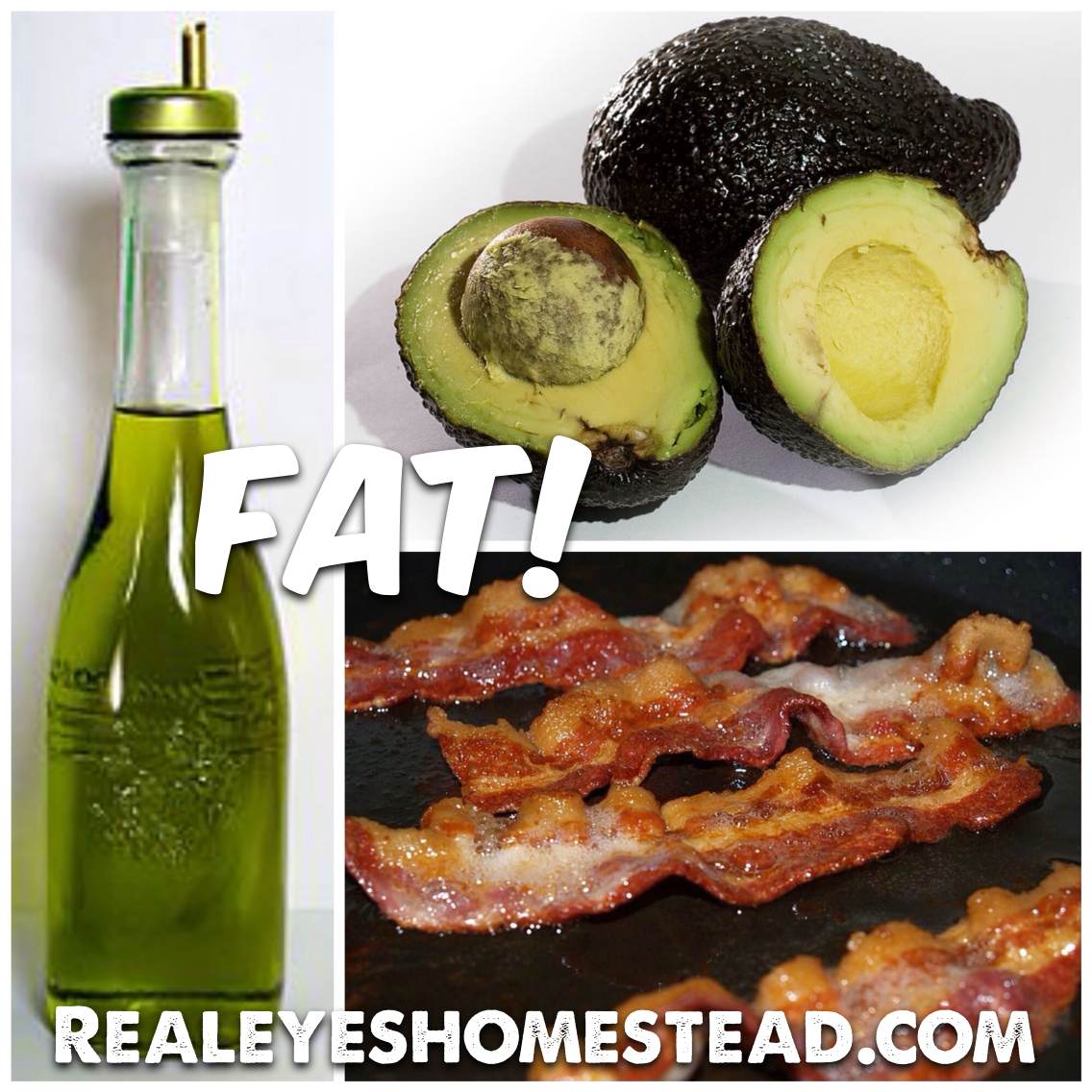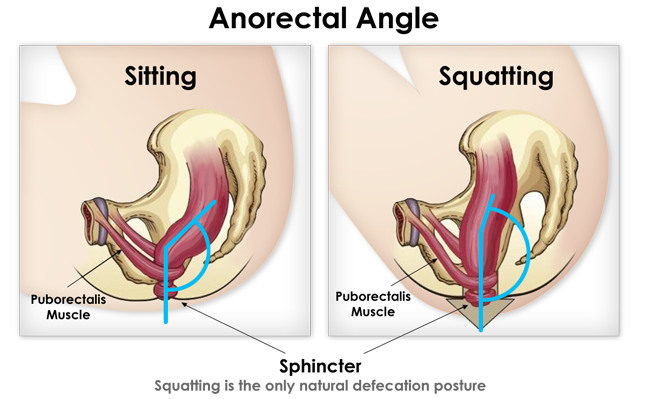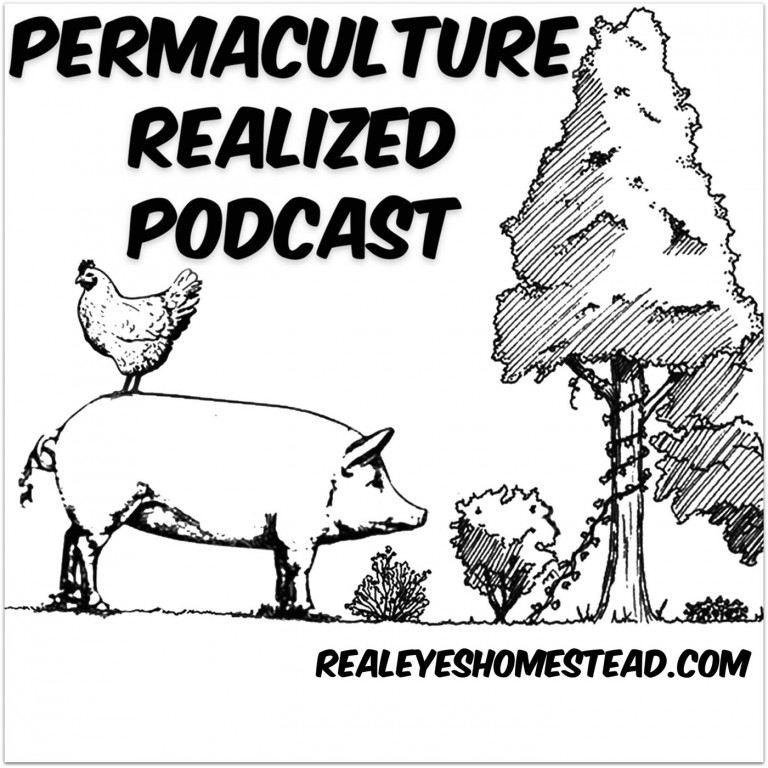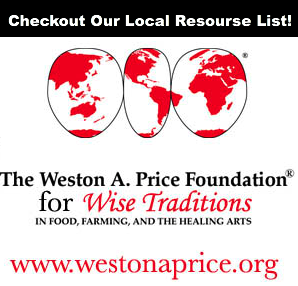I was recently invited by Dan Kelly to be a guest on his show, The Farm Report, on the local radio station WUWU-LPFM 100.1, a low power radio station based out of Elberta, Michigan. It was a fun chat in which we talked about the land I'm homesteading on, the...






